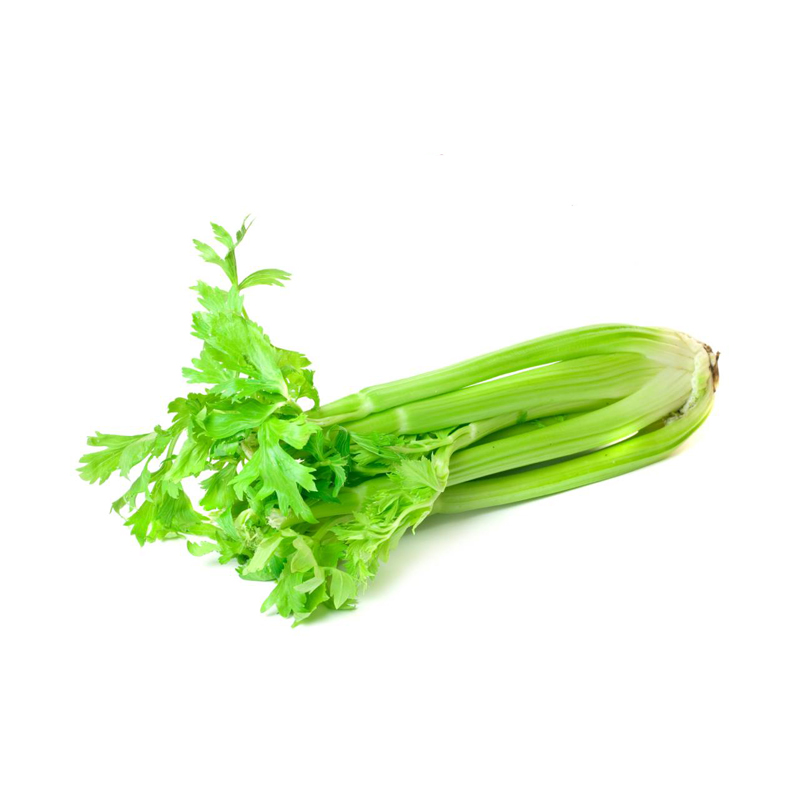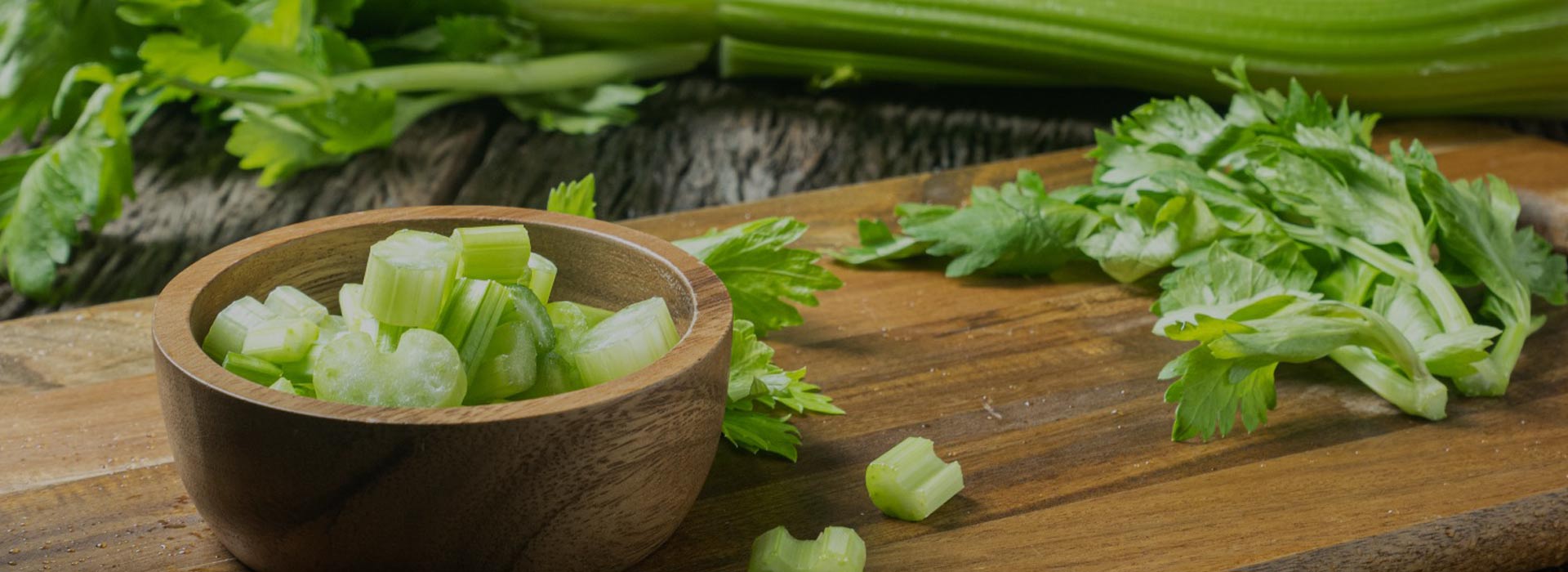
The main characteristics
As far as its energy content is concerned, eggplant is one of the lowest-calorie fresh vegetables: it provides about 18 kilocalories (75 kiloJoules) per 100 g, which puts it at the level of tomato, endive or lettuce. It is rich in water (more than 92% on average), and its content of energy elements remains limited.
Read more
It thus contains 3 to 4 g of carbohydrates per 100 g (mainly simple carbohydrates, glucose and fructose), and less than 1 g of protein, i.e. rather a little less than in other fresh vegetables. Lipids, or fatty substances, only appear in trace amounts.
The carbohydrate content of eggplant depends on the variety, but also on the degree of maturity: eggplants picked too early are low in carbohydrates (sometimes less than 2 g per 100 g), which is unfavorable for taste quality.
Eggplant fibers are quite abundant: 2.5 g per 100 g. They are mainly composed of proto-pectins (pectins linked to the cell walls of the plant), and in lesser quantity by pectins and celluloses. When cooking, proto-pectins, like pectins, acquire a chewy and tender consistency.
Among the mineral substances (which reach a total of 0.5 g per 100 g), potassium dominates (260 mg per 100 g), while sodium does not exceed 3 mg: this gives eggplant undeniable diuretic qualities. Due to its low energy intake, eggplant has a good mineral density (mineral content per 100 kilocalories): this is particularly the case for magnesium (72 mg/100 kcal), zinc (0.6 mg /100 kcal), manganese (0.8 mg/100 kcal).
The vitamins are well diversified: group B vitamins, vitamin E (vegetable tocopherols), provitamin A in small quantities and of course vitamin C (at rates varying between 2 and 8 mg per 100 g, depending on the varieties and the seasons) .
Other components are also present in small amounts in eggplant. This is the case of organic acids (maximum 400 mg per 100 g, with malic acid as the dominant); gallic tannins, more or less abundant depending on the variety, which are largely responsible for a certain astringency, and a browning of the pulp in the air.
And finally, like all plants belonging to nightshades (such as tomatoes, potatoes, etc.), eggplant contains trace amounts of natural steroids. These substances, which are still difficult to extract and identify, have a characteristic odor (which is somewhat reminiscent of the smell of “earth”), and a rather bitter taste. They are concentrated mainly in the green parts of eggplants, in the leaves and in the roots of the plant.
NUTRITIONAL AND DIETARY INTEREST
Eggplant helps to strengthen the diet with useful compounds (minerals, fiber, vitamins), without significantly increasing the energy intake. It has a high nutritional density in these elements. To make the most of this property, it is obviously preferable to cook it with a minimum of fat.
Consumed “plain”, simply steamed or stewed, and possibly reduced to a puree, eggplant is very digestible. Its fibers (predominantly pectins) are indeed well tolerated by the intestines, which they gently facilitate the proper functioning. Added a hint of garlic and a hint of olive oil, eggplant affirms its belonging to the “Mediterranean diet”, deemed particularly beneficial for health.
Studies carried out in the United States and Austria have shown that eggplant was able to limit the increase in blood lipids and cholesterol, an increase that usually follows the absorption of fatty substances (and foods rich in fat). According to researchers, eggplant would contain substances (specific fibers, specific compounds) with the property of keeping cholesterol in the lumen of the intestine. This would allow the cholesterol to be expelled without having been reabsorbed by the mucous membrane and then drawn into the bloodstream.
THE AVERAGE COMPOSITION TABLE
Average composition * for 100 g net
Components (g)
Carbohydrates: 3.50
Proteins: 0.90
Water: 92.2
Fibers: dietary2.50
Minerals: (mg)
Phosphorus: 21.00
Calcium: 10.00
Magnesium: 13.00
Sulfur 9,000
Sodium: 3,000
Chlorine:55.00
Iron:0.300
Copper: 0.050
Zinc: 0.110
Manganese: 0.150
Nickel: 0.010
Iodine: 0.004
Vitamins(mg)
Vitamin C (ascorbic acid): 5,000
Provitamin A (carotene): 0.030
Vitamin B1 (thiamin): 0.040
Vitamin B2 (riboflavin):0.050
Vitamin B3 or PP (nicotinamide): 0.600
Vitamin B5 (panothenic acid):0.230
Vitamin B6 (pyridoxine):0.090
Vitamin B9 (folic ac):0.020
Vitamin E (tocopherols): 0.030
Energy intake KCalories: 18.00
* This is an average composition given as an indication: the values are to be considered as orders of magnitude, likely to vary according to the varieties, the season, the degree of maturity, the growing conditions, etc. According to: “General Directory of Foods”, REGAL (1995) – “Minerals” (1996); “Food composition”, Souci, Fachmann and Kraut; “The Composition of Foods”, McCance and Widdowson.

Harvest Time


Marketing Period


